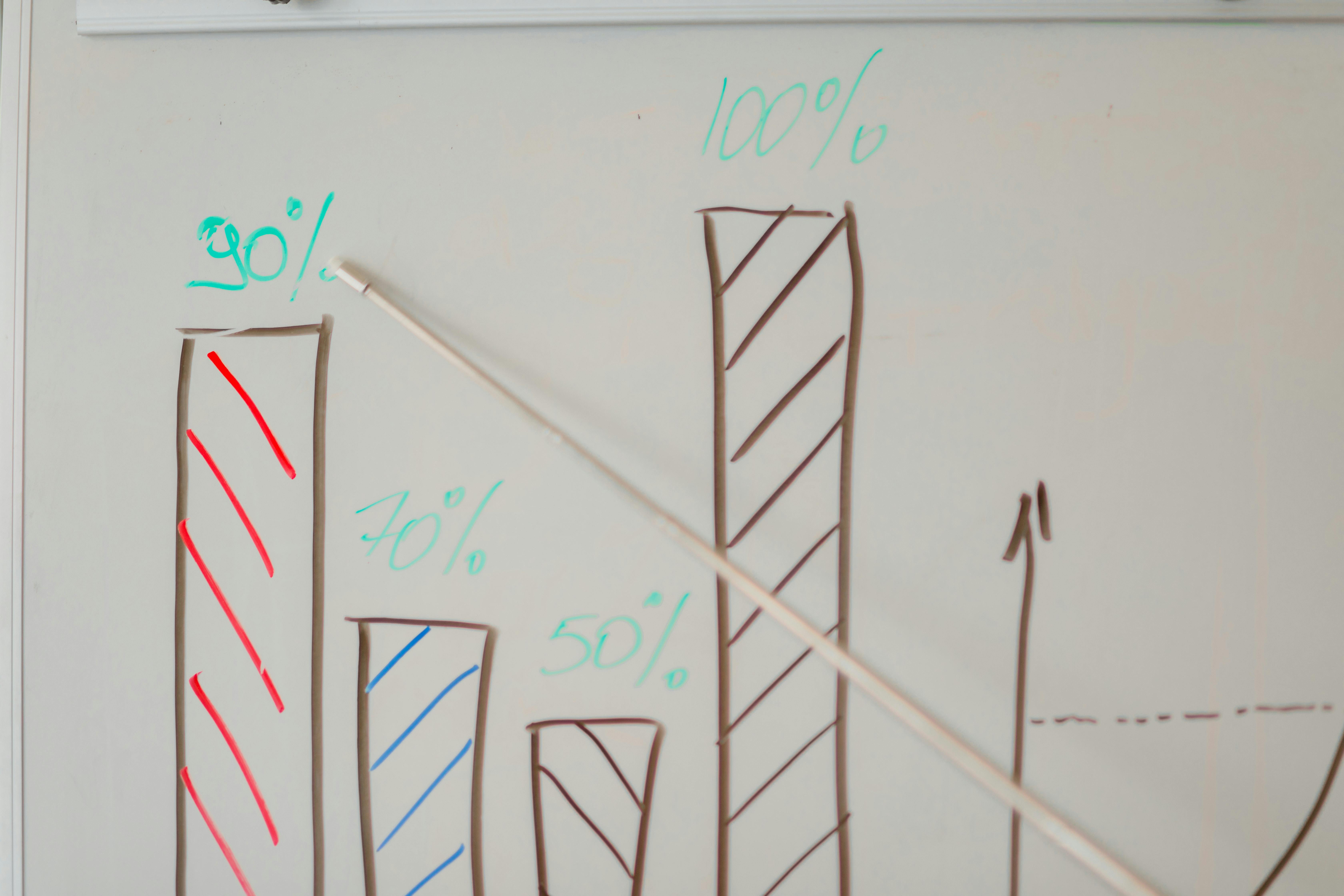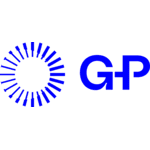Human resources management systems (HRMS) enable HR experts to concentrate on strategic objectives and employee development by automating and streamlining key HR operations.
Given the variety of HR management systems available on the market, it's essential to be discerning: The availability of certain HRMS software features can greatly impact how an organization manages its human resources.
This article will examine the must-have as well as advanced features of HR management software to help you choose the right solution for your company.
10 HRMS Features You Must Look For
The 10 points listed below are non-negotiable when selecting HRMS software for your company. Each one of these features will enhance your HR operations and improve overall efficiency.
1. Employee Self-Service (ESS)
ESS portals allow employees to manage their benefits, apply for leaves, track attendance, examine pay slips, and access and update their personal information.
The self-service portal encourages increased self-sufficiency by giving employees authority over their HR-related duties while easing the administrative strain on HR staff. Employee happiness and experience are often improved because of easy access to and management of HR information.
2. Employee Benefits Management
HR specialists can effectively administer employee benefits programs with HRMS software. It allows for managing various benefits, including flexible spending accounts, retirement programs, and health insurance.
The program keeps track of benefit eligibility, simplifies enrollment, manages plan modifications, and ensures that employee paycheck deductions are taken correctly.
3. Organizational Structure Management
HR departments can define and manage the company's organizational structure with this HRMS feature. HR professionals can build and change departments, teams, and reporting hierarchies within the system.
This function makes communication and collaboration easier by clearly showing the organization's organizational structure. The HRMS providers ensure that decision-making becomes more efficient.
4. Employee Onboarding and Offboarding
The employee onboarding process is made more efficient by an HRMS. The technology automates employee training, scheduling orientations, and document collection for onboarding. This automation feature guarantees new hires a seamless and structured orientation to the business.
Additionally, tasks, including exit interviews, asset return, and knowledge transfer, are made easier by HRMS during employee offboarding. This feature ensures proper procedures are followed and staff departures are handled efficiently.
5. Employee Compensation Management
The administration of employee compensation programs is made easier by HRMS. The system enables HR professionals to maintain compensation information, salary adjustments, and performance bonuses. This function guarantees precise payroll processing and supports HR departments in efficiently managing and communicating employee benefits and perks.
6. Employee Communication and Collaboration
Several human resource information systems (HRIS) offer collaboration and communication options to increase employee engagement and internal communication. Company-wide announcements, discussion forums, and personnel directories are a few examples of these functionalities.
The HRMS promotes community by facilitating seamless communication within the company, increasing employee engagement. It also offers a forum for HR departments to communicate crucial changes, HR policies, and guidelines.
7. Employee Surveys and Feedback
The HRMS provides tools for surveying employees and gathering input on several aspects of the workplace. These polls can be used to gauge employee engagement and satisfaction and to collect suggestions for improvement.
Designing and distributing surveys within the system allows HR professionals to collect input, analyze the results, and take appropriate action. Understanding employee sentiment, identifying areas for development, and improving the overall employee experience are all made easier by this tool.
8. Employee Records and Document Management
HRMS provides a secure platform for managing and preserving personnel records and documents. Important papers, such as employment contracts, confidentiality agreements, performance reviews, disciplinary action reports, and other pertinent documents, can be stored safely and in compliance.
This function makes it simple to retrieve documents when necessary and assures compliance with data protection requirements. It also decreases the possibility of document loss or destruction, improves confidentiality, and eliminates the requirement for physical storage space.
9. HR Analytics and Reporting
HR teams have access to powerful analytics and reporting tools with HRMS systems. HR experts can use this capability to produce meaningful reports and visual dashboards on numerous HR metrics. These dashboards use intuitive analysis to identify areas of focus for HR professionals— a far cry from the Excel spreadsheets of yesteryear.
HRM systems can examine information on hiring, performance, training, and other topics, including employee turnover. This access to granular and overall HR analytics supports data-driven decision-making, trend detection, and evaluation of HR initiative efficacy. It enables HR departments to streamline and match their plans with strategic HRM.
10. Integration Capabilities
The ability of HRMS software to integrate with other corporate systems is essential for the seamless flow of data. Other software programs like accounting and payroll systems, recruitment CRM tools, enterprise resource planning (ERP), human capital management (HCM) software, or time and attendance systems should be able to interface with them.
Integration ensures a comprehensive view of personnel information across several systems by removing data duplication, cutting down on manual entry, and improving data accuracy.

12 Advanced HRMS Features
Numerous HR management software features improve multiple aspects of managing human resources within an organization.
While a few of these features may require more technical ability from your HR team to implement than the basic features listed above, “advanced” is not the same as “complicated”.
“Advanced” in this case instead refers to what we consider as sophisticated features you’d typically find in a top-of-the-range HRMS.
1. Workforce Analytics and Predictive Insights
With workforce management analytics and predictive insights, companies have advanced data-driven skills to analyze HR data and make wise decisions. Predictive modeling, trend analysis, and complex data visualization tools are all provided by HCM software with this feature.
It enables HR practitioners to spot trends, anticipate future workforce requirements, and put proactive plans into practice to maximize talent acquisition, retention, and productivity.
2. Employee Wellness and Wellbeing
By including specialized modules or integrations, modern HRMS platforms place a high priority on employee wellness. These sections offer information and assistance with wellness issues like workplace stress management, fitness regimens, and mental health.
HRMS solutions support a positive work environment and assist organizations in prioritizing employee wellness by encouraging a healthy work-life balance and providing tools for employee well-being.
3. Attendance And Leave Management
With the help of this cloud-based function, it is possible to monitor and manage staff attendance, which includes clock-in and clock-out hours, vacation and sick leave, and break times. For correct wage determinations based on data, it interfaces with payroll and delivers reports for attendance management.
Additionally, the process of obtaining and managing various leaves is streamlined and automated by HRMS systems with comprehensive leave management features. The system makes it simple for employees to apply for paid time off, sick days, parental leaves, sabbaticals, and other leave kinds.
4. Performance Management
Organizations can use a native performance management system within their HRMS to evaluate employee performance, create targets, and monitor career development. It offers a structure for continuing talks about coaching, development, and data-backed feedback. Managers can discover areas for improvement and use performance data and ratings to assist them in deciding on promotions and awards.
5. Employee Recognition and Rewards
Employee rewards programs are incorporated into HRMS platforms to recognize and value their accomplishments. These characteristics make peer-to-peer recognition, manager recognition, and reward nomination possible.
Employee recognition helps to create a healthy work environment, raise morale among staff members, and promote engagement.
6. Talent Acquisition And Recruitment
Recruitment tools integrated within modern HRMS platforms simplify the entire talent management process. Organizations can advertise job positions, track applicants, handle candidate assessments, arrange interviews, and simplify offer management with the help of these tools.
Integration with job boards and social media platforms increases the recruitment process efforts and broadens the audience for job ads. HRMS software streamlines the hiring process and expedites employment by utilizing recruitment process automation, effectively attracting top employees.
7. HR Automation
HR automation, included in HR management software, enables businesses to automate complex HR procedures. Performance reviews, promotions, disciplinary actions, employee transfers, and other HR activities particular to the organization may be included in these processes.
Workflow automation streamlines HR procedures, minimizes human error, and assures consistency and compliance. It simplifies the HR process and boosts the effectiveness of HR initiatives.
8. Global HR and Localization
HR solutions intended for international corporations include global HR management and translation capabilities. These functions support various languages, currencies, time zones, and legal compliance standards unique to certain nations or areas.
With international HR, organizations can successfully manage HR procedures across their foreign locations while abiding by employees’ local laws and practices.
9. Customization and Scalability
Advanced HRMS gives scalability and customization capabilities to adjust to the specific requirements of organizations. HR professionals can specify particular data fields, customize forms, and set up workflow configurations according to their needs. Organizations can integrate the HRMS with their current procedures and rules because of its flexibility.
Additionally, HR management platforms are made to evolve with an organization, allowing more employees and changing HR requirements without sacrificing functions or user experience.
10. Learning Management System (LMS) Integration
Businesses can efficiently deliver and manage employer training programs using HR management software with an LMS connection. HR professionals can design and assign courses, monitor completion, and identify skill gaps.
Integration of an LMS fosters ongoing education and professional growth, ensuring that staff members have the competencies to succeed in their positions.
11. Payroll Management
The computation and processing of employee salaries are automated by a payroll module incorporated into the HRIS. It manages tax calculations, deductions, and benefits to ensure correct and timely payments for your workforce. By automating tedious procedures, the payroll software streamlines the payroll process, reduces errors, and saves time.
12. Compliance and Data Security
Good HRMS providers put data security and privacy first. They use strong encryption protocols and role-based access controls and adhere to industry standards like the CCPA (California Consumer Privacy Act) and GDPR (General Data Protection Regulation).
Organizations comply with legal obligations and maintain data integrity by assisting with regulatory reporting and audits by connecting with the best HCM software companies. Platforms for human resource management systems (HRMS) secure sensitive employee data and uphold organizational trust by prioritizing compliance and data security.
Deciding Which HRMS Features to Prioritize
To understand which HRMS is a good fit for your company, you must first know which of these systems’ features can help your HR team’s overall effectiveness.
For example, the size of your workforce will determine whether your ideal vendor should specialize in HR software for small businesess or enterprise-level organizations. You may also be more concerned with certain aspects of HR than others— some HR management software features allow for more complex analytics and strategic planning capabilities.

HRMS Features: Conclusion
There are numerous benefits of an HRMS: it improves overall staff management, increases efficiency, and improves HR procedures.
Essential HR management software features, divided into three categories, have been examined throughout this article. Although these elements can be classified as basic, core, or advanced, it's crucial to remember that their worth might change based on the organization's demands, pricing, and objectives. A complete HRMS should be adaptable and scalable to accommodate each company's needs.
The entire potential of an organization's human capital can be unlocked by investing in a comprehensive HRMS with basic, core, and advanced features that can revolutionize HR operations. It is a crucial tool for companies seeking to prosper in a competitive and dynamic environment, resulting in greater organizational performance and long-term growth.




























